The far north remains one of the least explored areas simply based on the transportation costs associated with reaching it, and the difficulty of working effectively within a short season. Despite these hardships, there is enormous potential to discover world class mineral riches in these areas.
The logistics of exploration in the far north are quite different from what is possible or taken for granted “down South.” A number of issues must be considered carefully. Three main points to consider are: the available infrastructure, the weather, and the available daylight hours. As an investor, it’s useful to understand the logistical requirements and timing of exploration work in the north. This information can not only be used to help you make decisions about when to expect news from a company, but also to understand possible setbacks that could affect a company’s performance in the field.
Infrastructure
The vast majority of towns and communities up north are isolated, as they are not connected to southern road networks. This means that most of the access at the exploration stage must be done entirely by airplane or helicopter, since road access is not available. This simple fact means that the cost of work in these regions goes up substantially compared to costs where road infrastructure is available.

Transportation to and from northern locations is done by air or by sea. Any shipment of large and/or heavy equipment or material is usually done by sea and must be considered months in advance. Shipping schedules may only occur from specific ports three to four times per year during the summer and fall months. The only other way to get supplies to the north at a significant premium is via air cargo. In certain places, railway or ice road access may be available. Ice roads are built and maintained to facilitate the movement of material to mines across the north (E.g. Inuvik, Yellowknife). Most exploration work cannot rely on using these modes of transportation.
| Air Cargo* | Sea Cargo | |
| Average per kg rate | $4.09 | $0.24 |
| * Air cargo charges must consider additional fuel and surcharges. | ||
Depending on the scale and frequency of the exploration, transportation within northern properties is often done by helicopter or airplane. Helicopters are extremely versatile machines that can land just about anywhere but have limited payload space and travel ranges. They are expensive and can easily cost on the order of $1000/hour or more when fuel and mobilization costs are included.
Indeed, one does not have to venture too far north to see how critical infrastructure is to the development of mining projects: The lack of infrastructure support by government was the primary reason given by Cliffs Natural Resources for their recent and much publicized suspension of activities at their “Ring of Fire” chromite project in northern Ontario, Canada.

Weather
Though “warmish” temperatures (i.e., above 10 degrees C) are possible up north, the temperature is usually below freezing for most of the year. In the relatively flat and treeless tundra, where very strong winds are common, the windchill factors can be extreme.
The working season tends to be restricted between mid-March and October, simply because there is insufficient daylight and the temperatures are too frigid for field work otherwise. Depending on the year and the type of work being performed this window may be even smaller.
Accommodations
Living arrangements at the exploration stage are basic. Exploration camps are set up to house and feed anywhere from a handful of people during the early stages, to a few dozen people at an evaluation project. In addition to sleeping tents, a camp will need to have a kitchen and eating area, a “dry” area for washing and drying clothes, shower and toilet areas, a place to keep power generating equipment, an office for field managers and professional staff, a geology core shack, a first aid area, and a recreation area (TVs, computers, phones). These areas may sometimes be combined if the camp is small, but usually each area will have its own tent at least.
Field support
While geology and exploration work usually consists of collecting samples, staking land, prospecting targets, geophysical surveying, and drilling, northern settings require a large amount of field staff strictly in place to support those doing the mineral exploration work.
These necessary auxiliary staff members consist of cooks, pilots, engineers, maintenance staff, and general helpers. Without them, it is very difficult for a company to remain fully focused on it exploration duties. Additional support is provided by weekly shipments of supplies such as fuel, food, and any parts required for the maintenance of the camp and the exploration field work, as well as the rotation of field staff.

Work Schedules
Since the working season is restricted, field exploration work schedules are different than those at a mine site. During the available season, companies must work fast to achieve as much work as possible. A single season will usually begin with geophysical field crews surveying over snow and frozen lakes to generate drill targets. Drilling may also start around this time, as thick ice will be able to support drilling from lake ice or frozen swamps. Land-based sampling and more drilling can occur during the summer months. A spring or summer ice breakup period in which no work occurs is common, since float planes supplying remote camps are not able to land on either frozen ice/snow or water while the ice is breaking up.
Huge Costs, Huge Potential
The far north remains one of the least explored areas simply based on the transportation costs associated with reaching it, and the difficulty of working effectively within a short season. Despite these hardships, there is enormous potential to discover world class mineral riches in these areas. The diamond discoveries-turned-mines that have occurred since the early 1990’s and the Voisey’s Bay nickel mine located on the coast of Labrador are just brief examples of the success that is possible. Baffinland’s world class iron ore deposits at Mary River is another example of early discoveries requiring better logistical infrastructure to bring these projects to fruition.
Related Articles

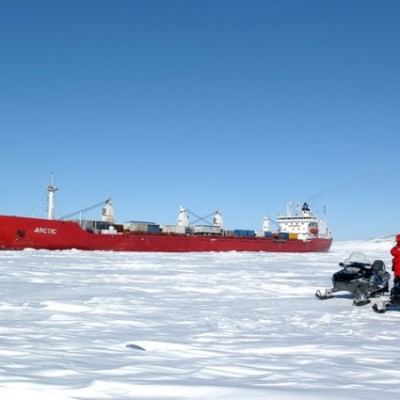
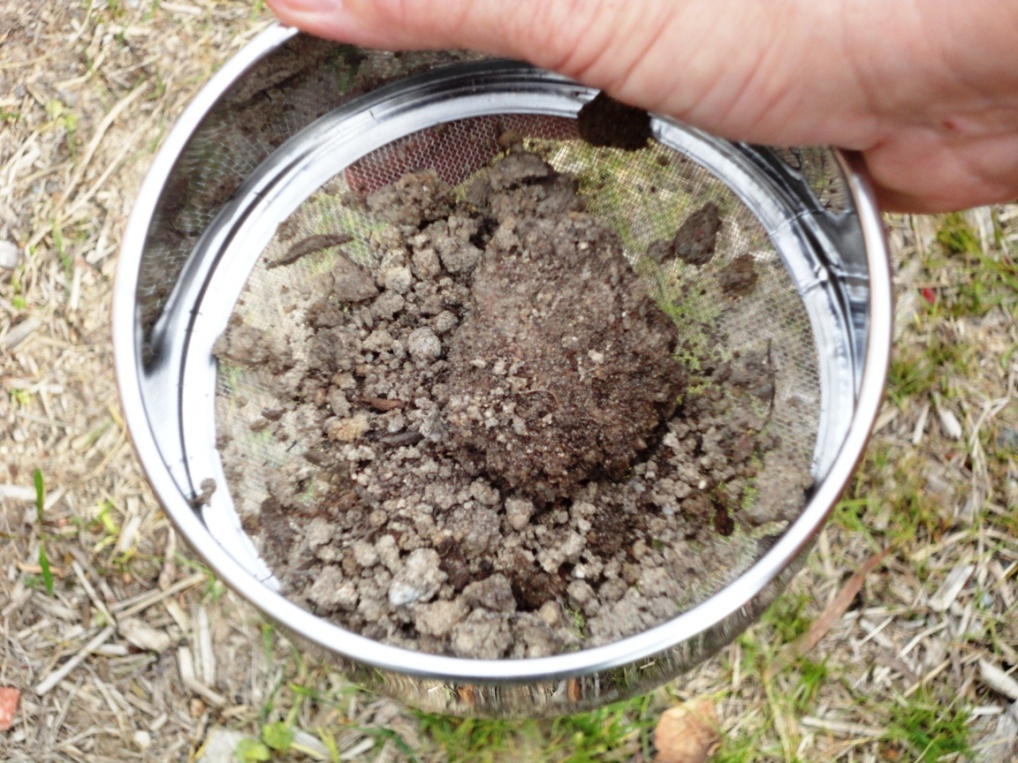
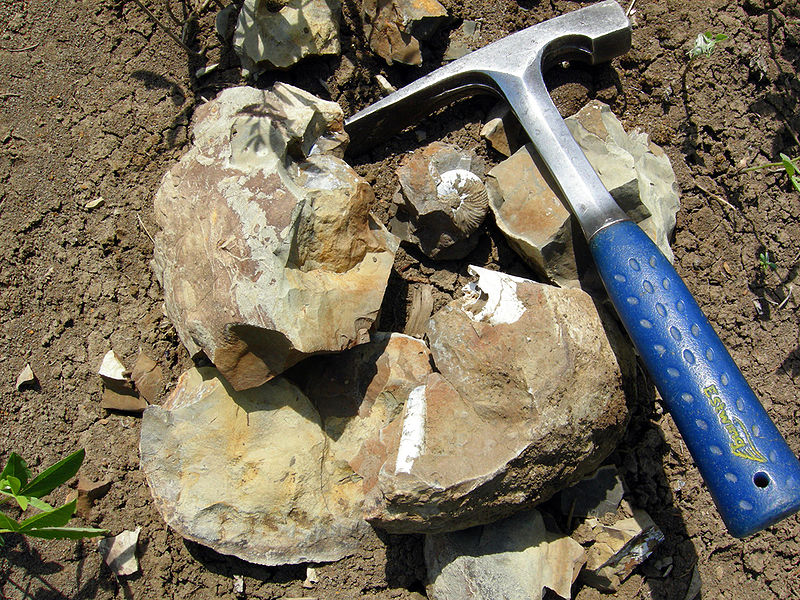
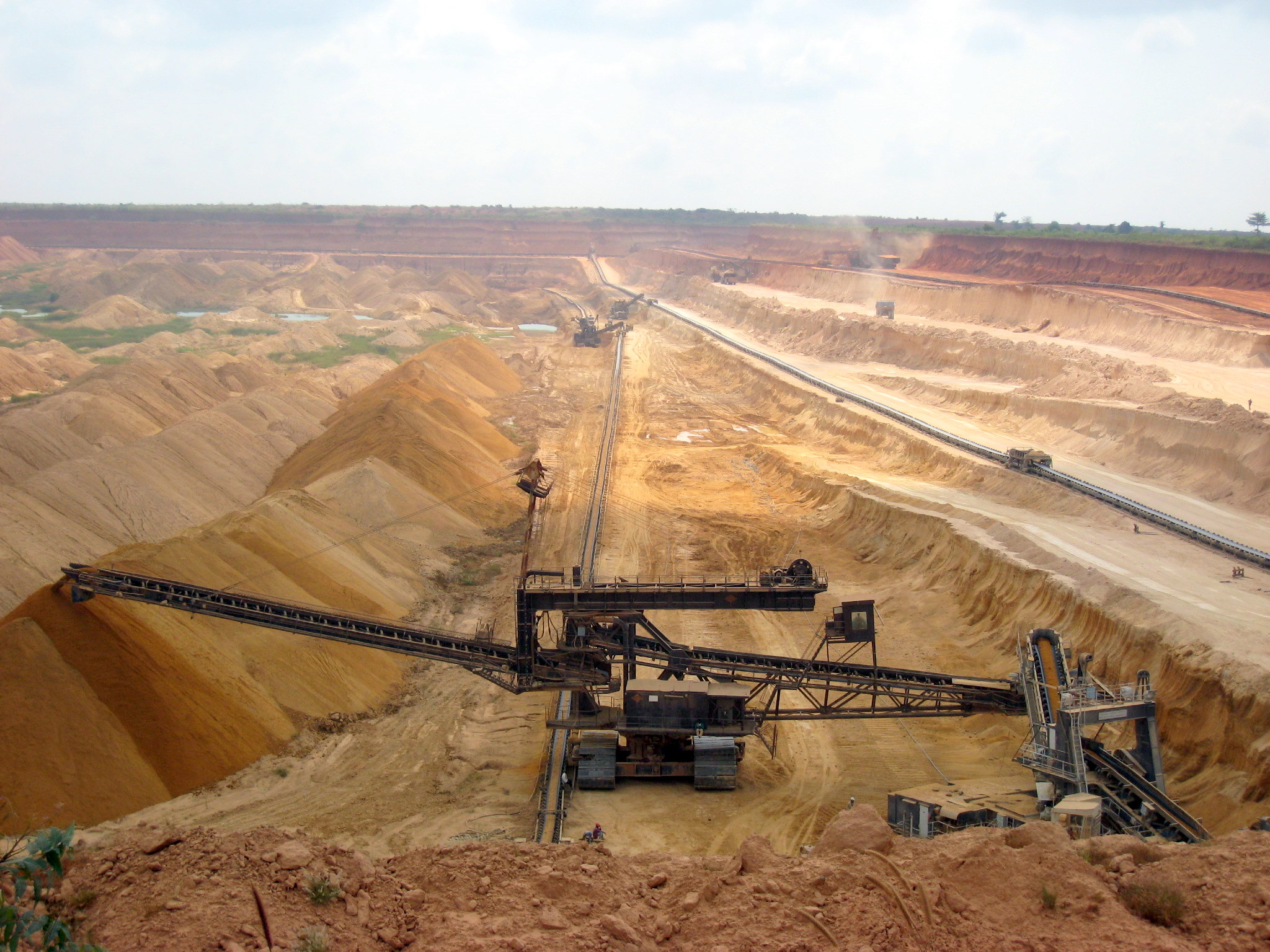
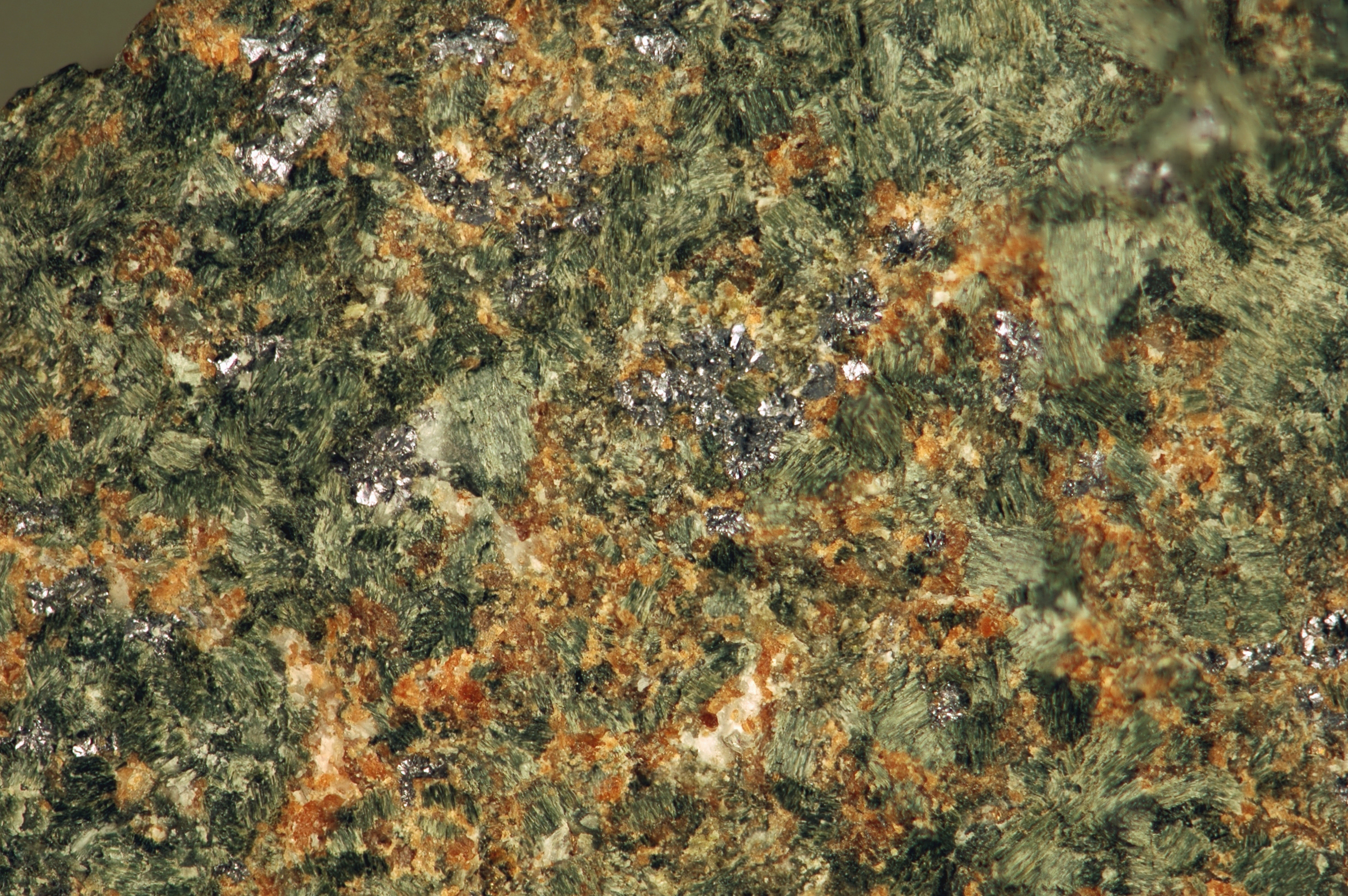
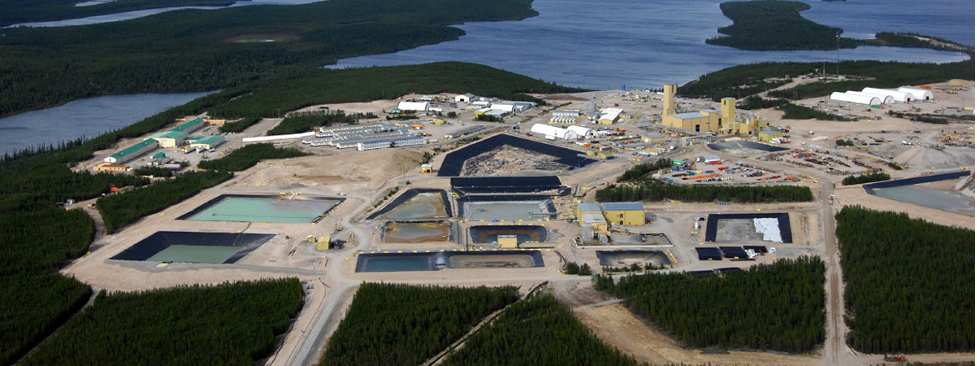



Pingback: Resource Clips
Pingback: Resource Clips
Pingback: Resource Clips
Pingback: Resource Clips